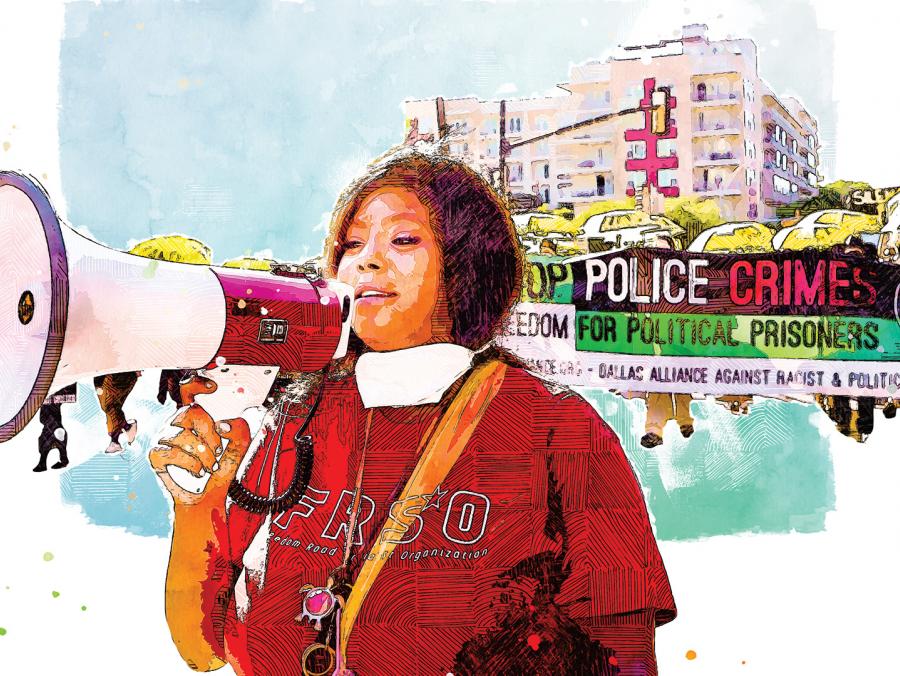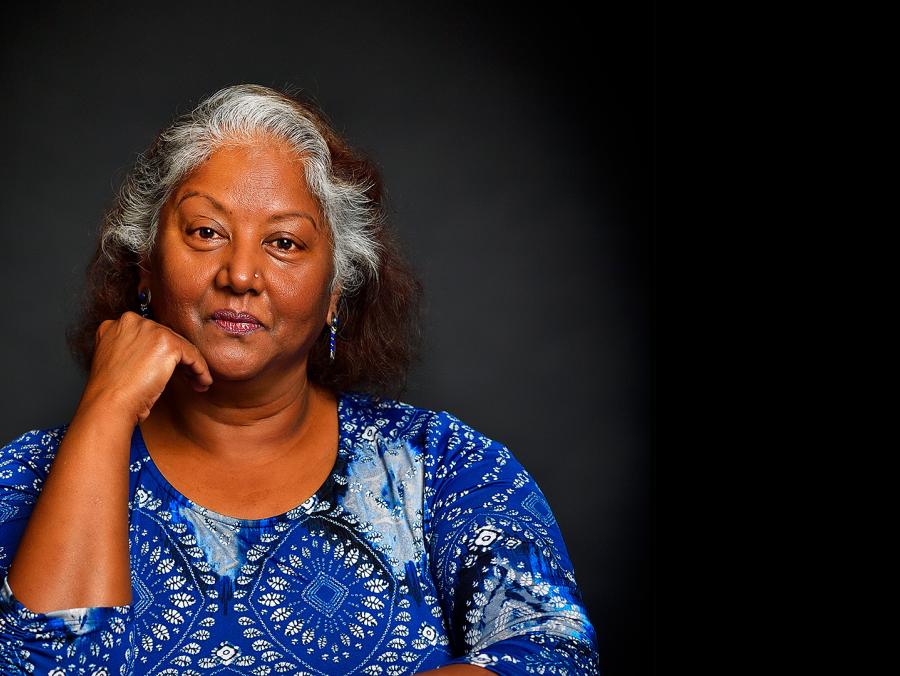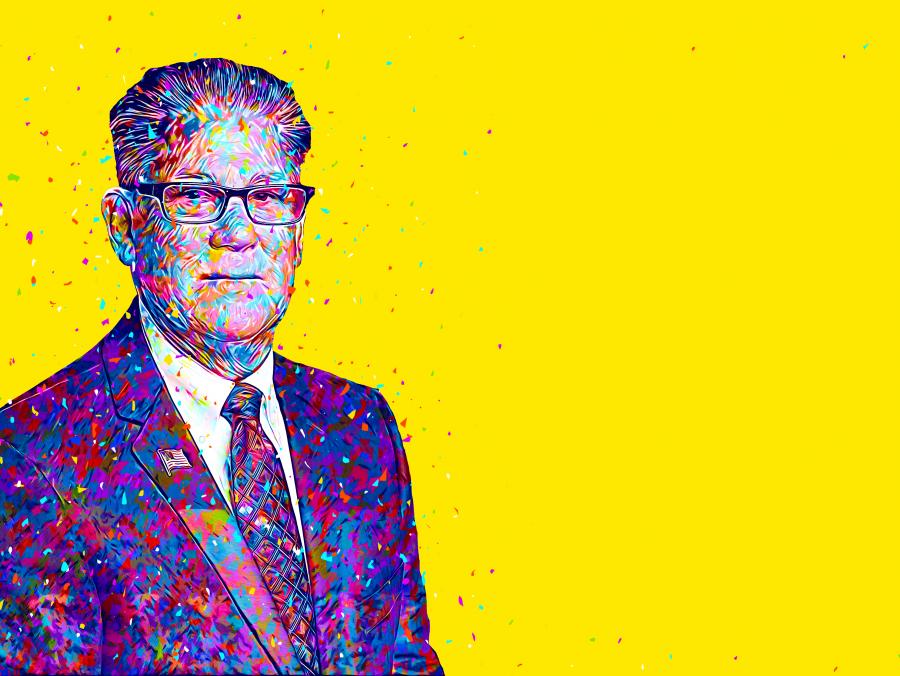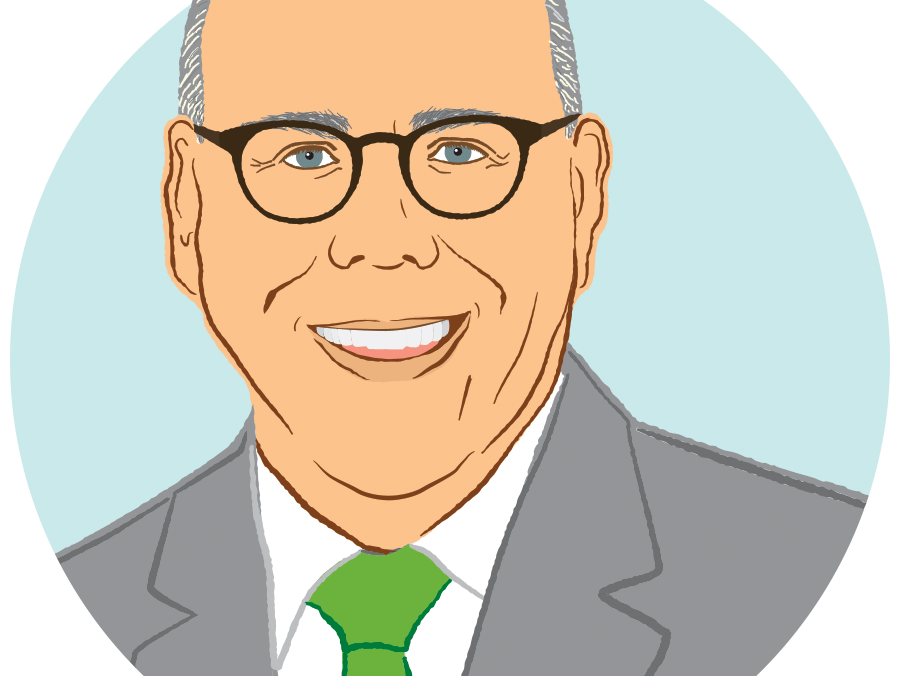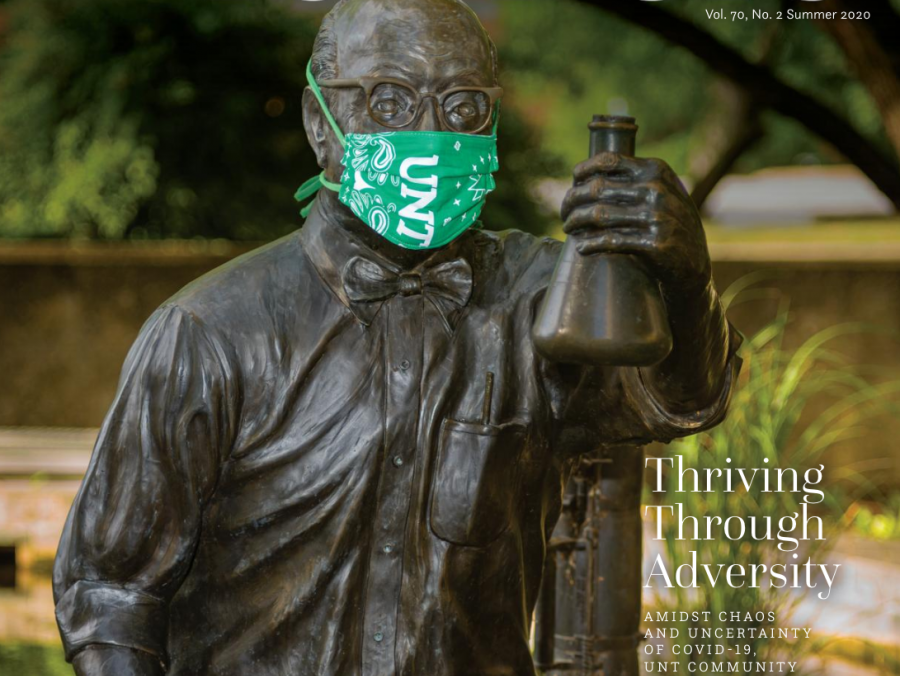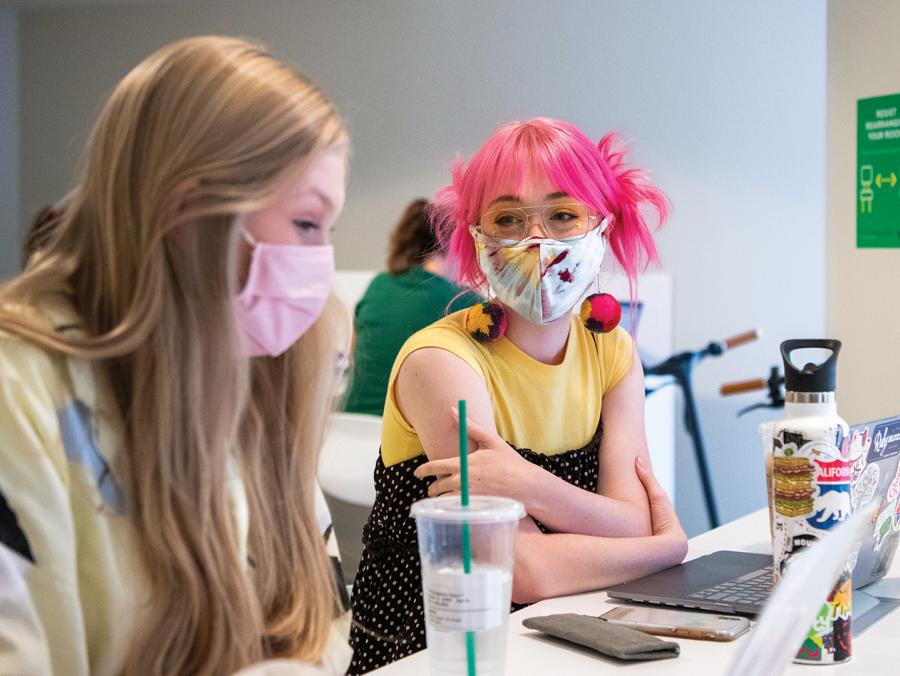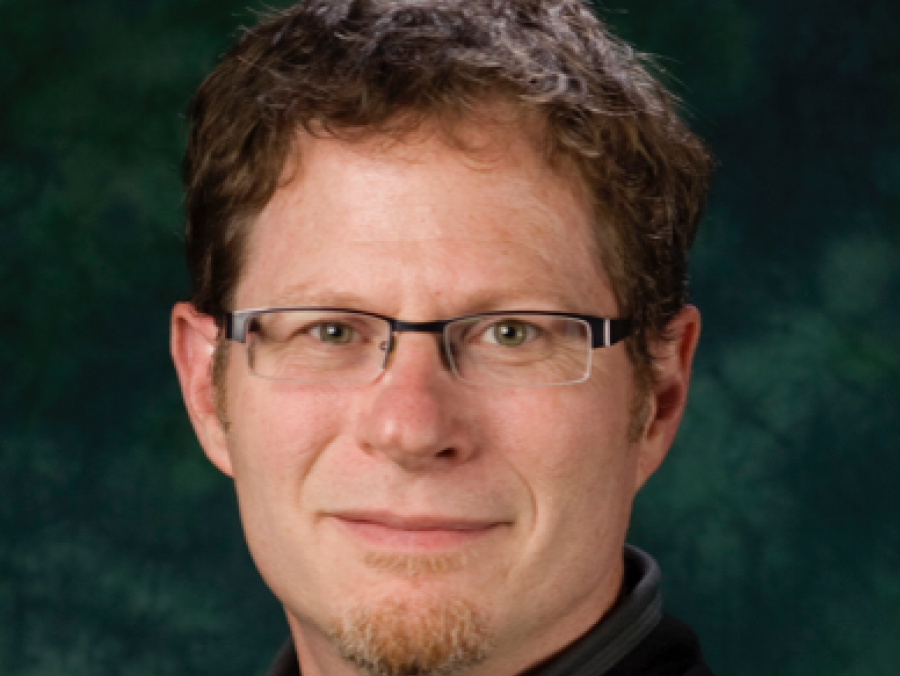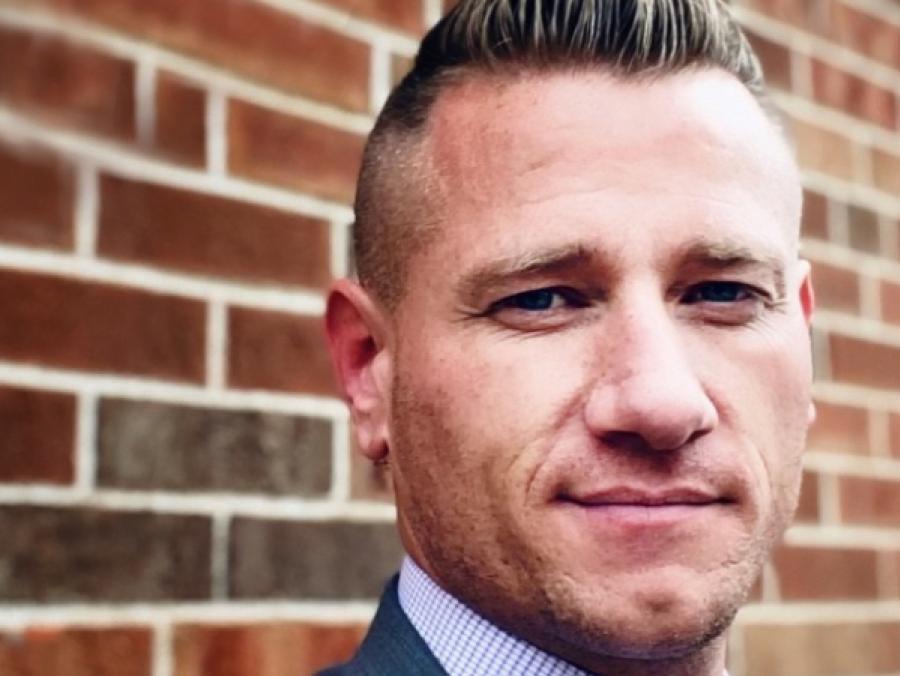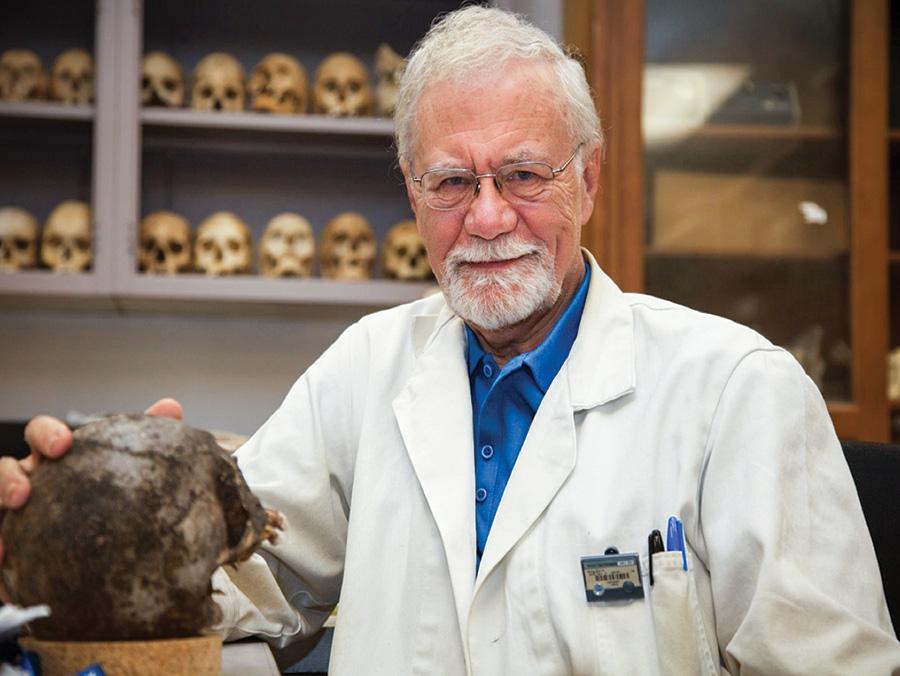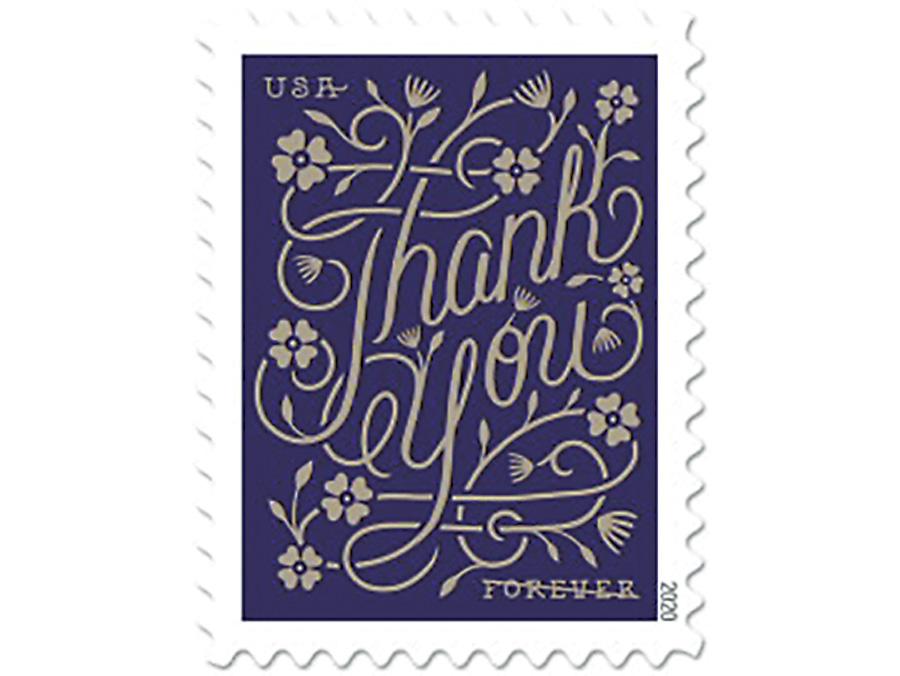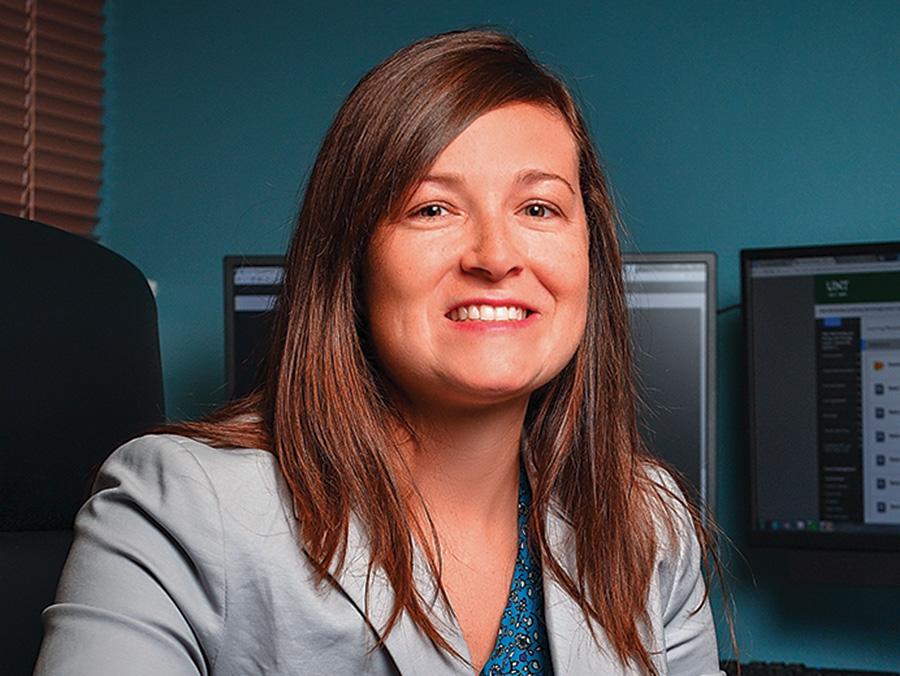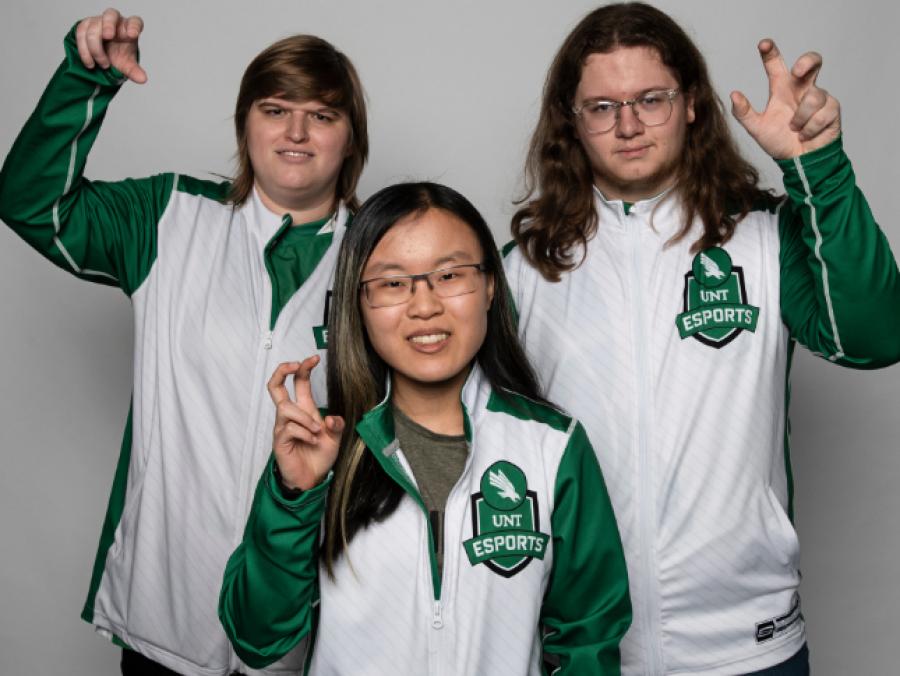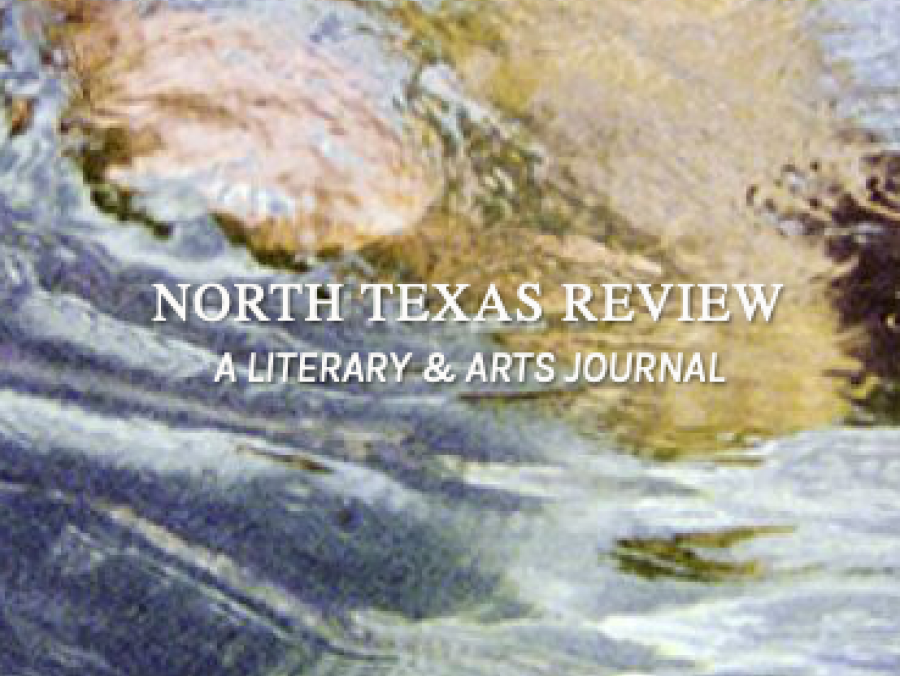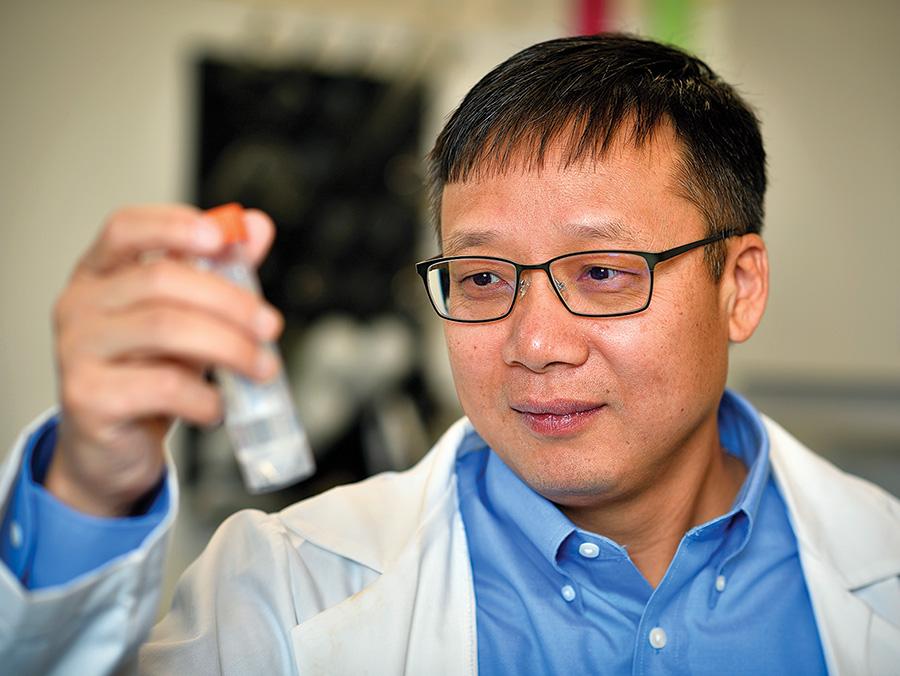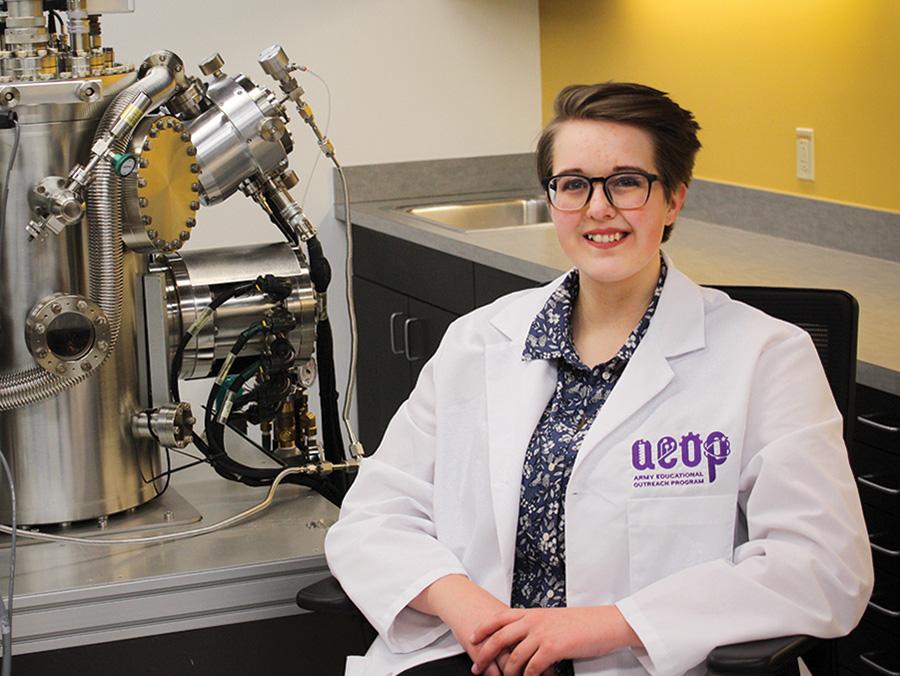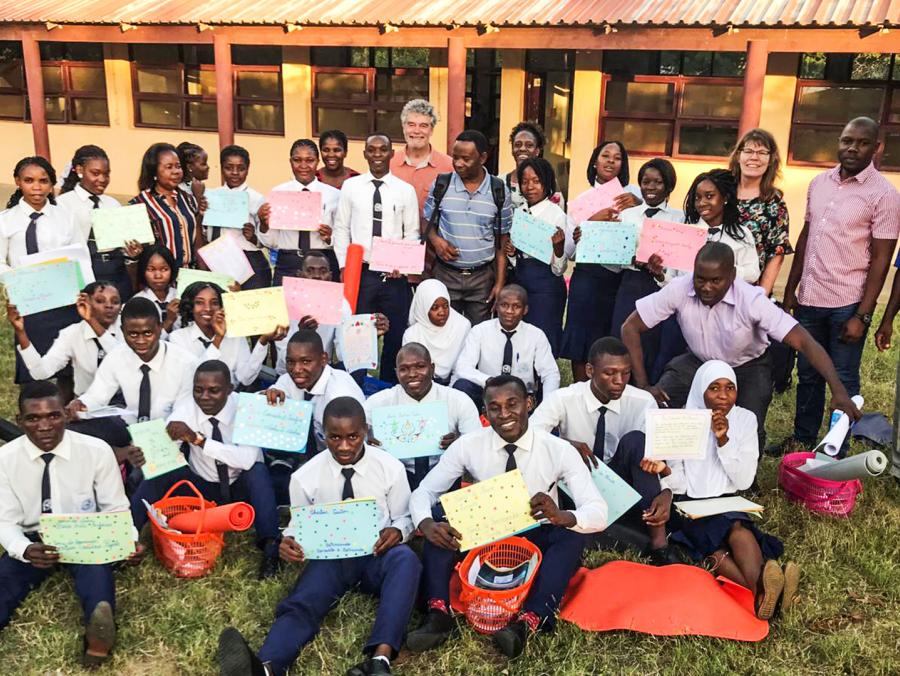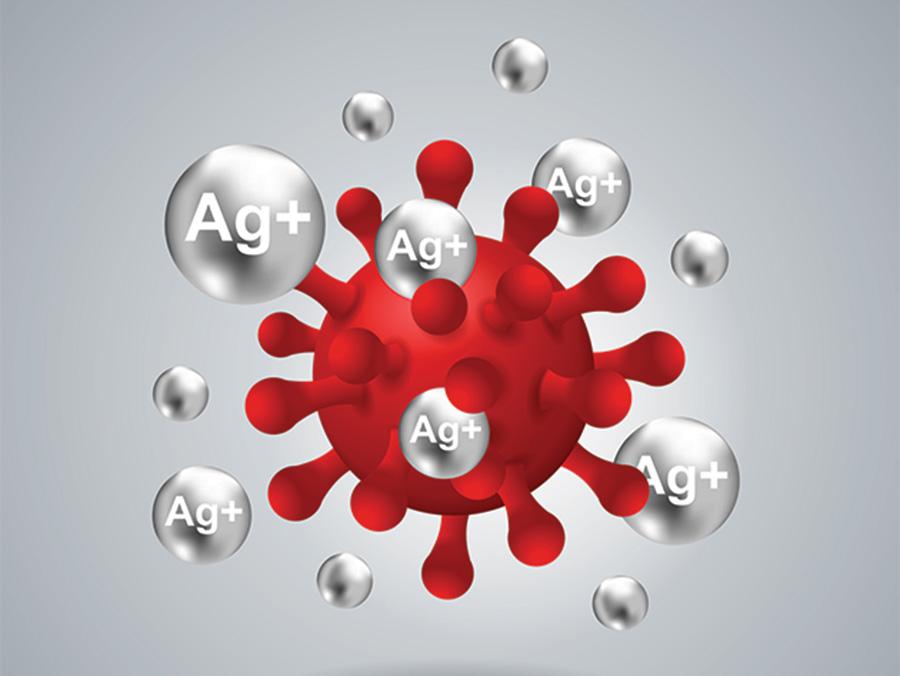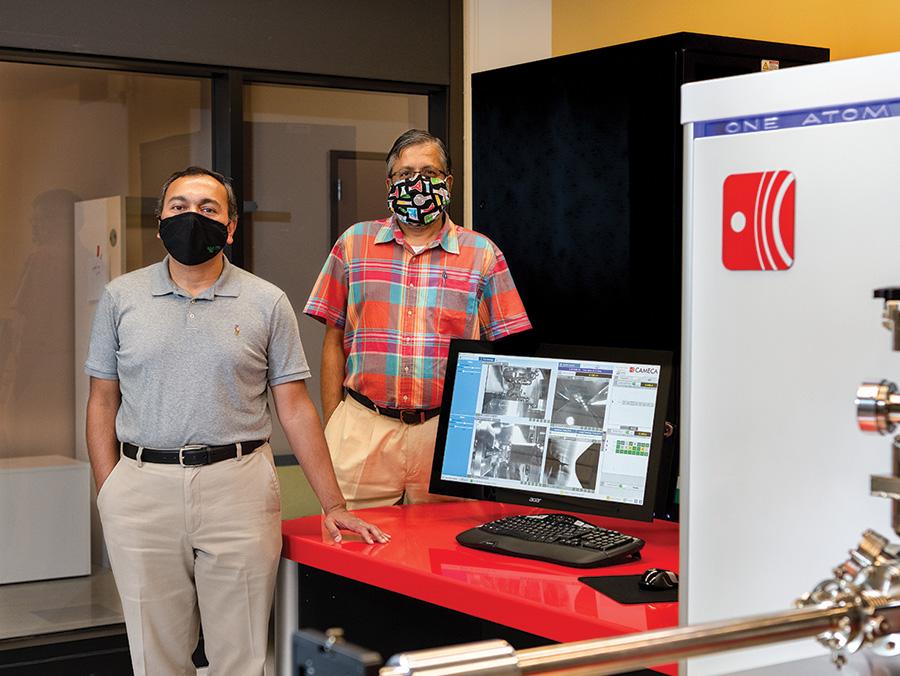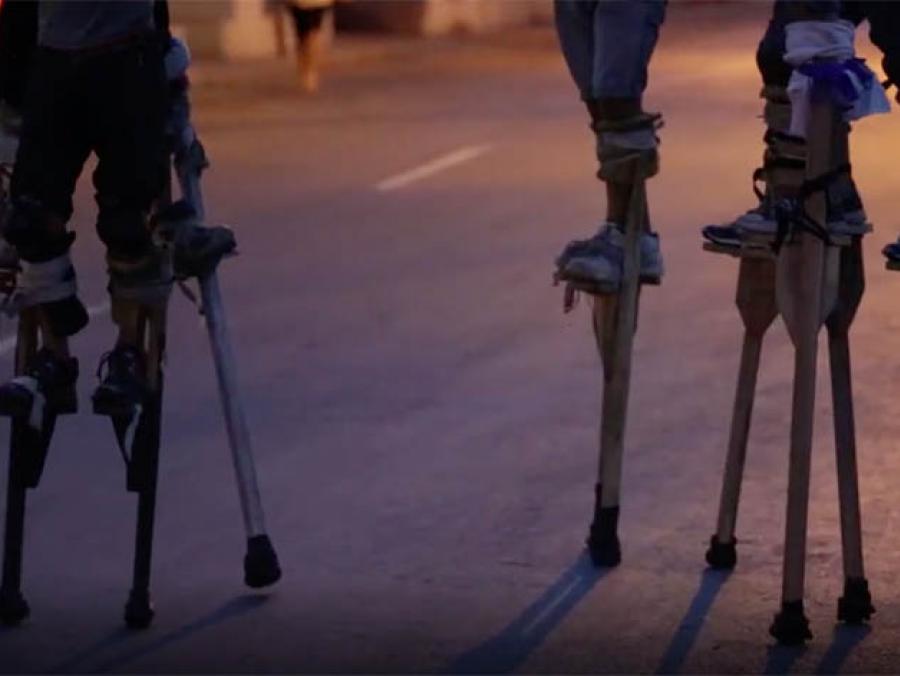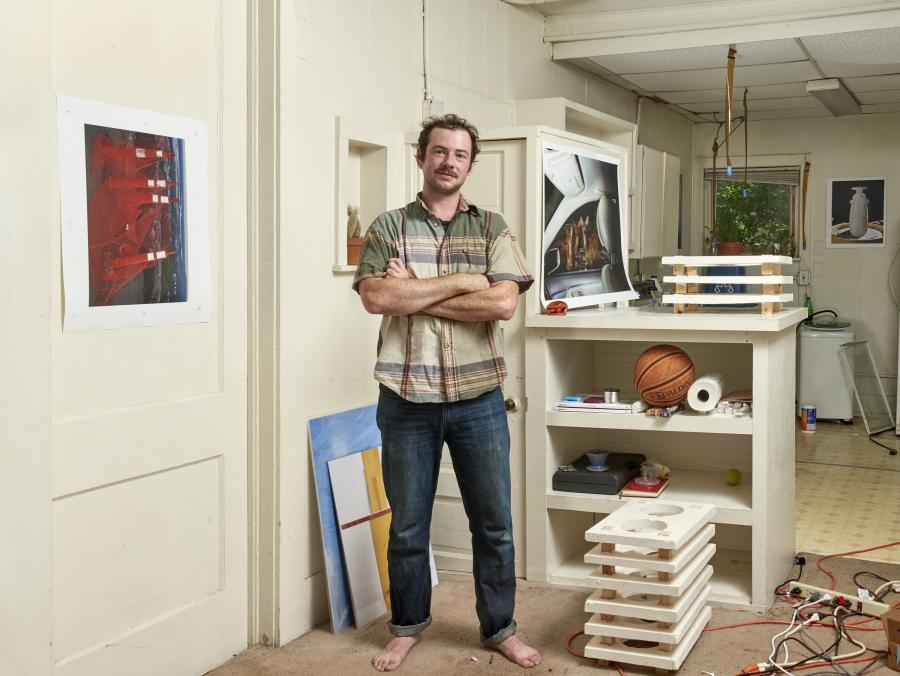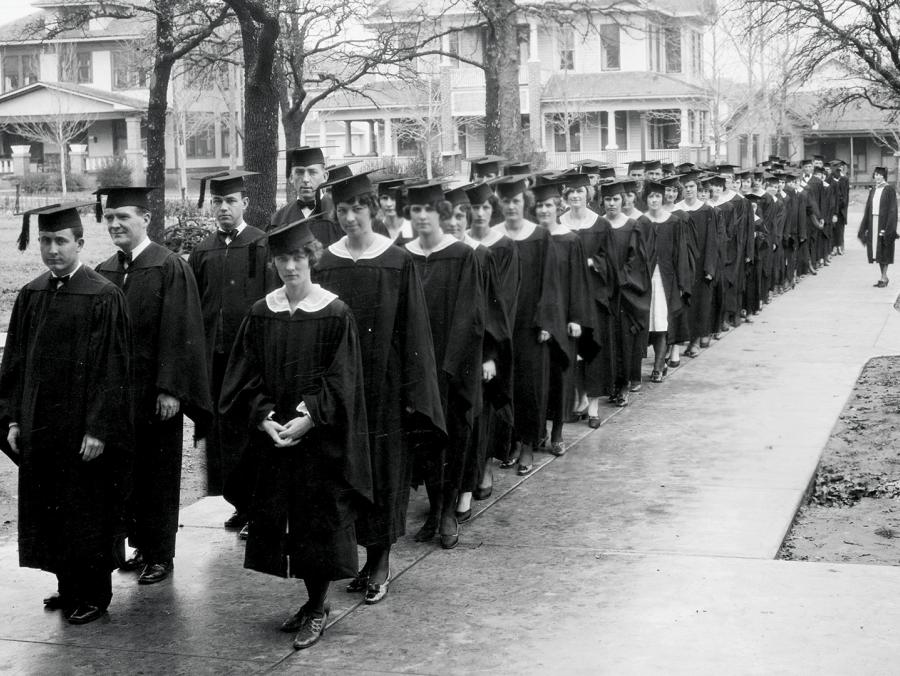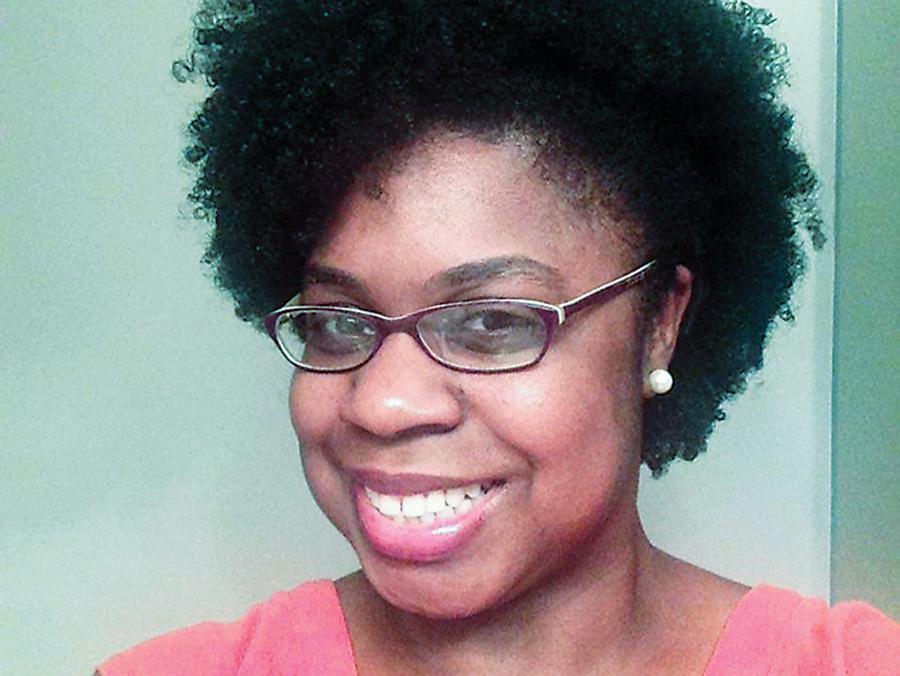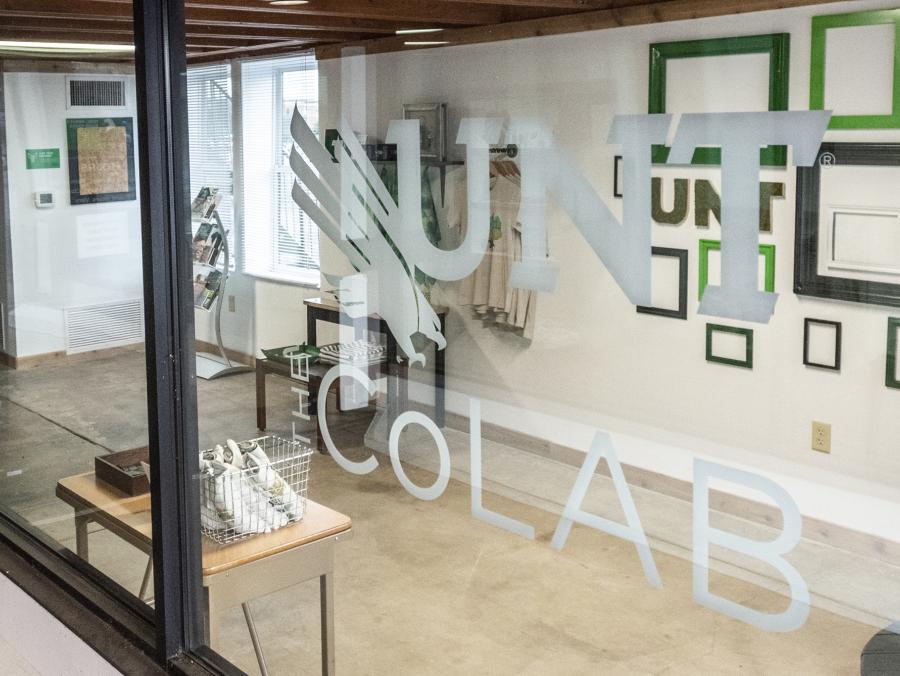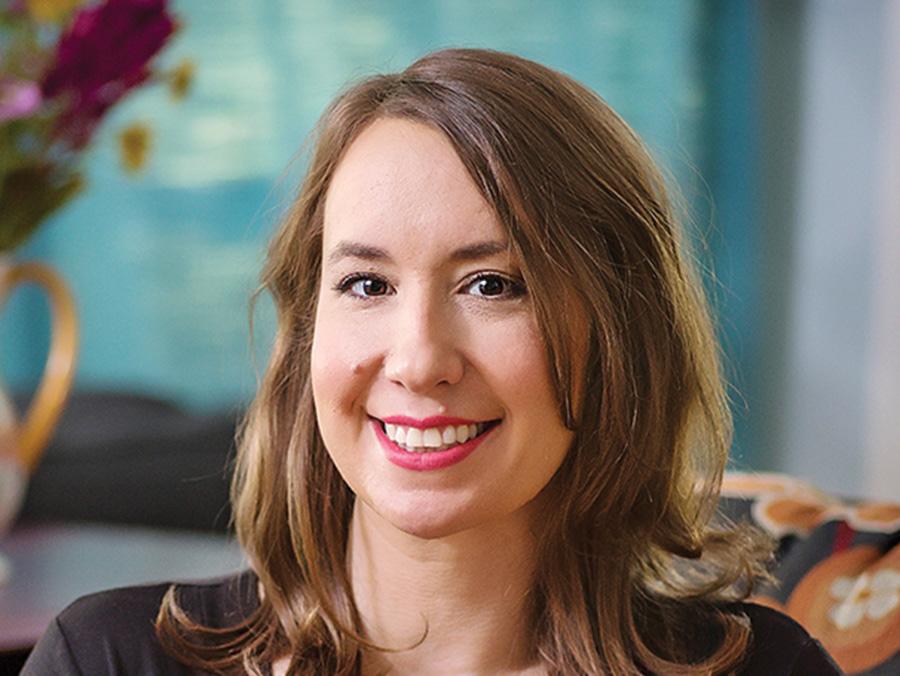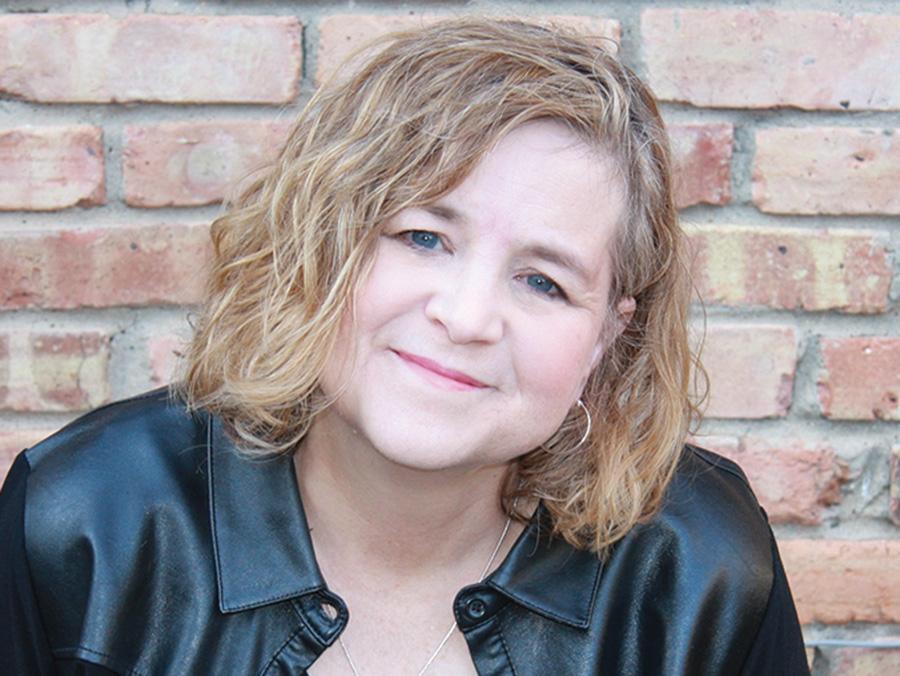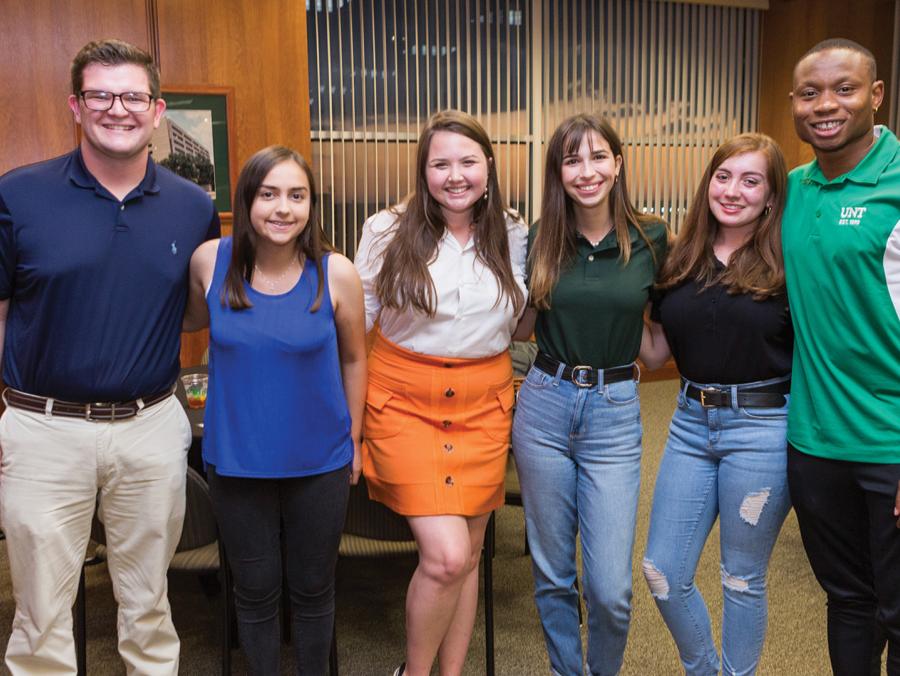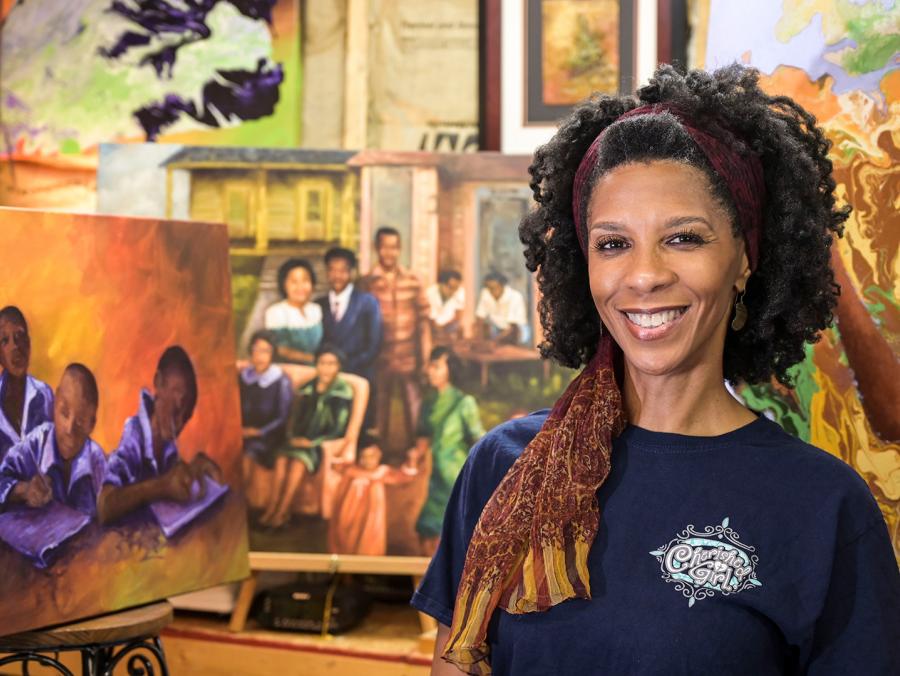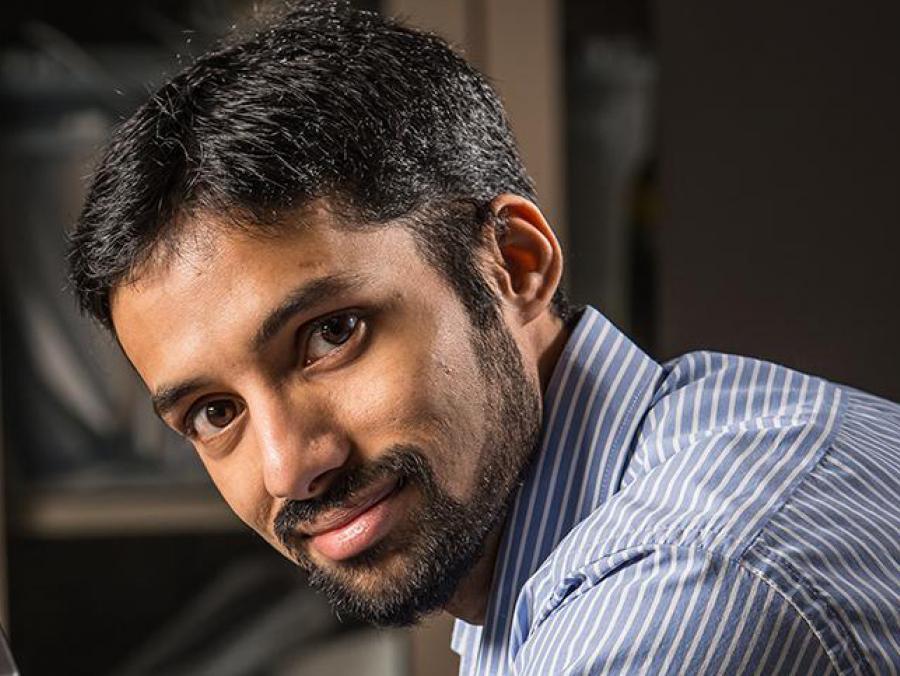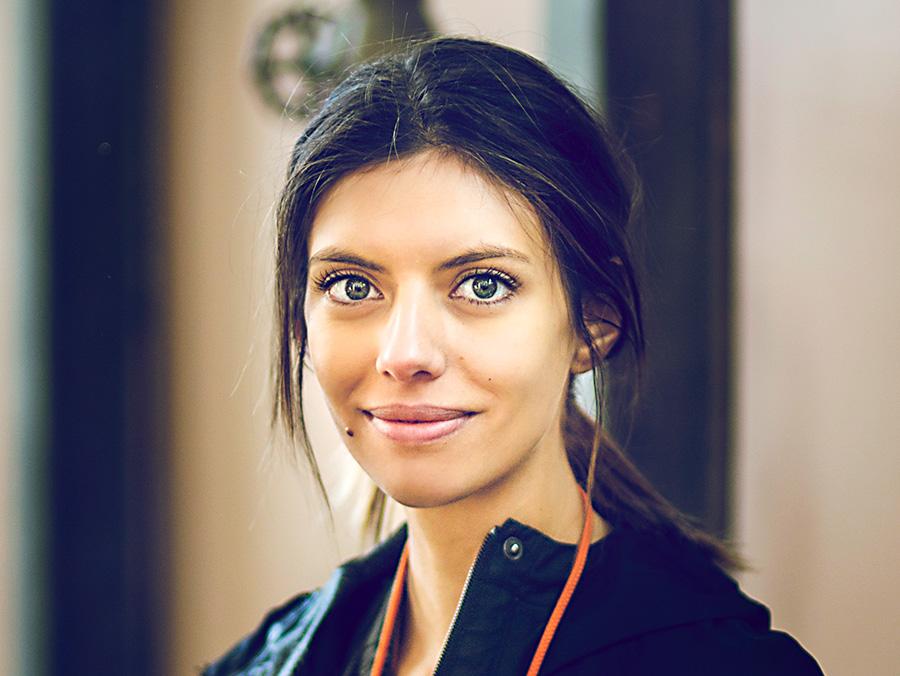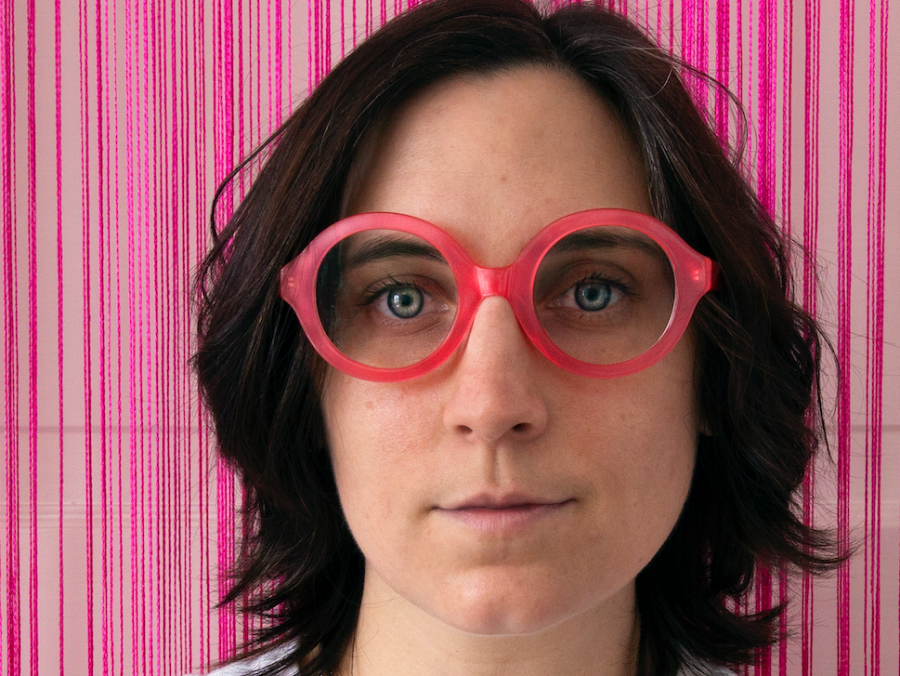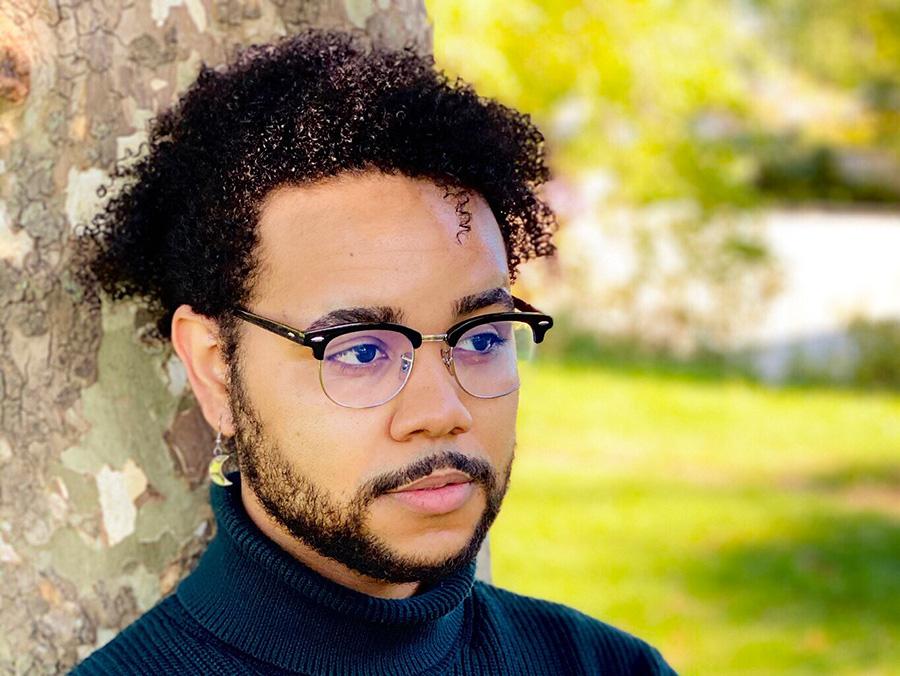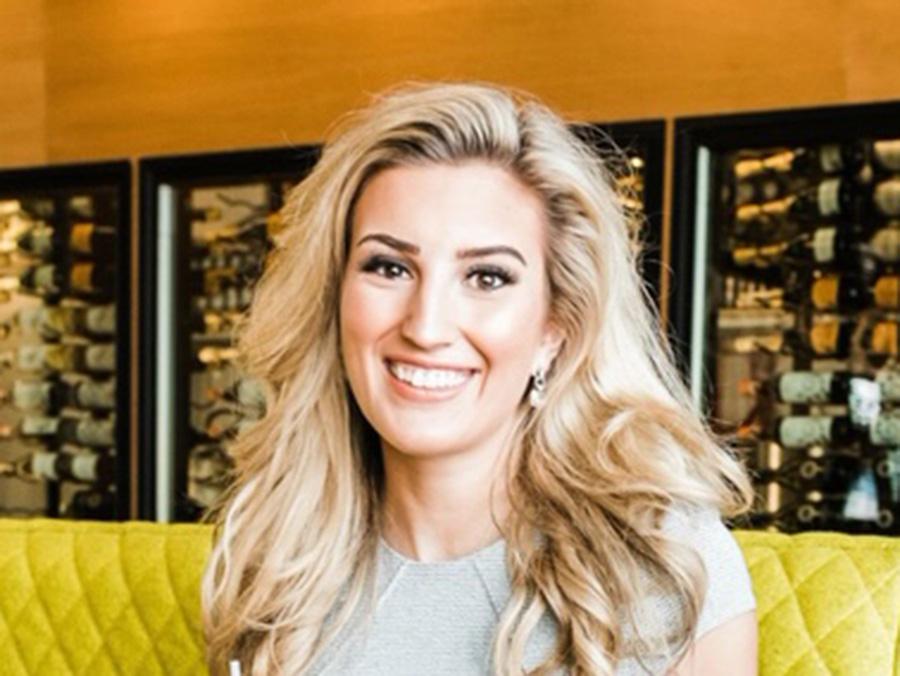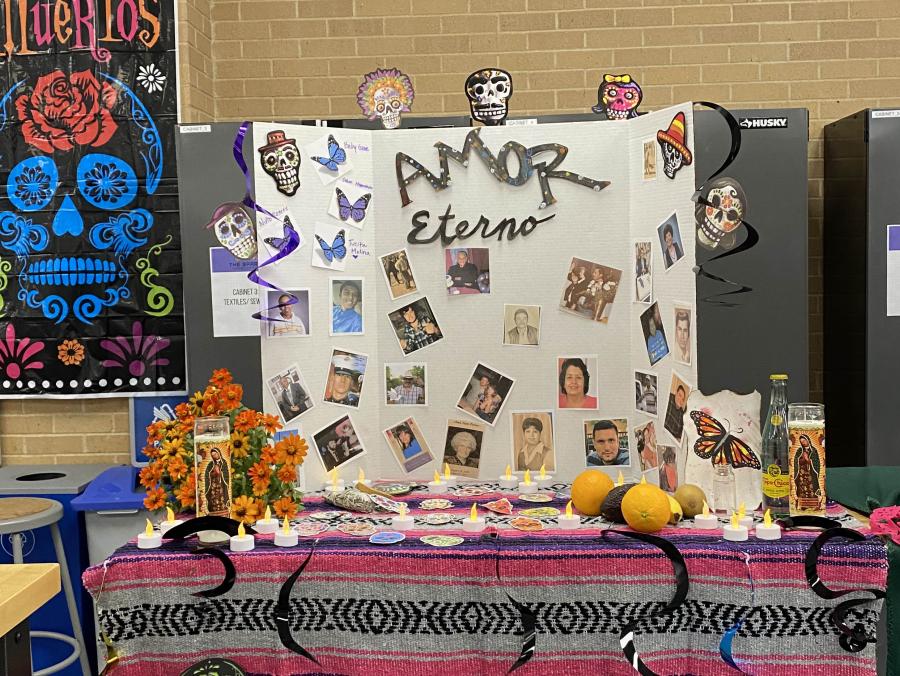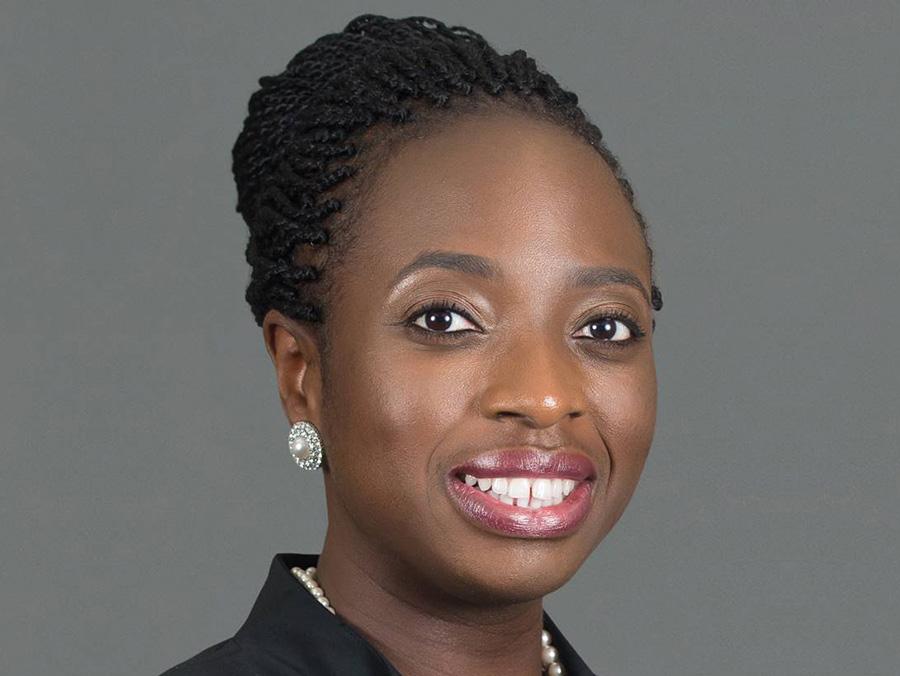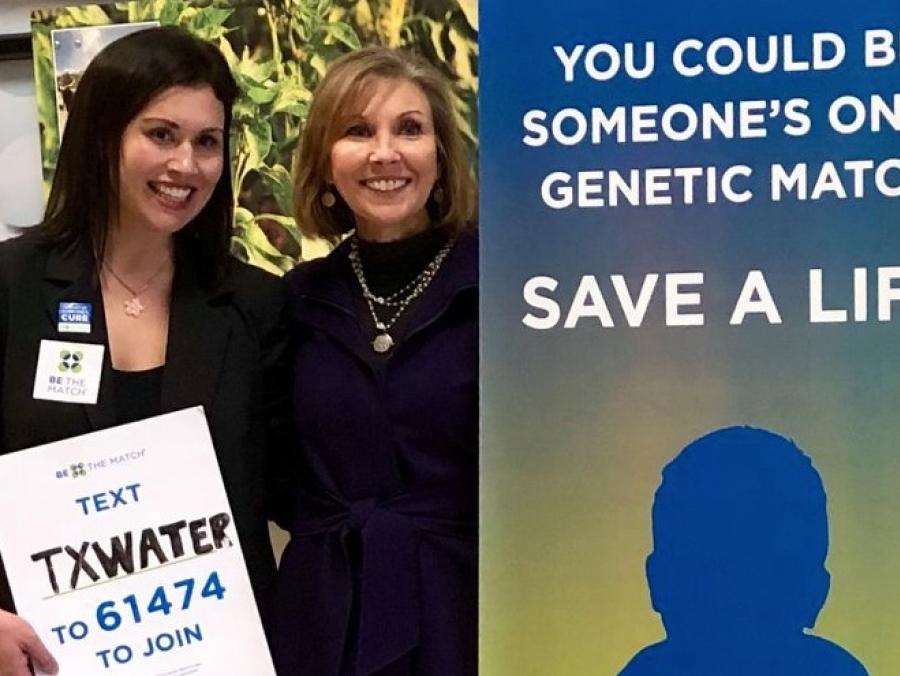There's so much information to wade through these days, particularly in the midst of a pandemic and impending elections. There's no shortage of explorations into these topics in print and digital media -- but how can citizens process and analyze information in the best, most non-biased way?
"This is not an easy topic to negotiate," says Tracy Everbach, a professor in UNT's Mayborn School of Journalism. "I am a media scholar and former journalist, yet I have been fooled by false material. After the 2018 solar eclipse, I saw and 'liked' a beautiful online photo that purported to be an image of the eclipse reflected on the ocean during an Oregon sunrise. If I had thought about it before liking it, I would have realized that sunrise in Oregon does not happen over the Pacific Ocean, sunset does. It is a constant process to keep reminding ourselves to always check out the content we consume."
Here, experts discuss some considerations every consumer of information should keep in mind.
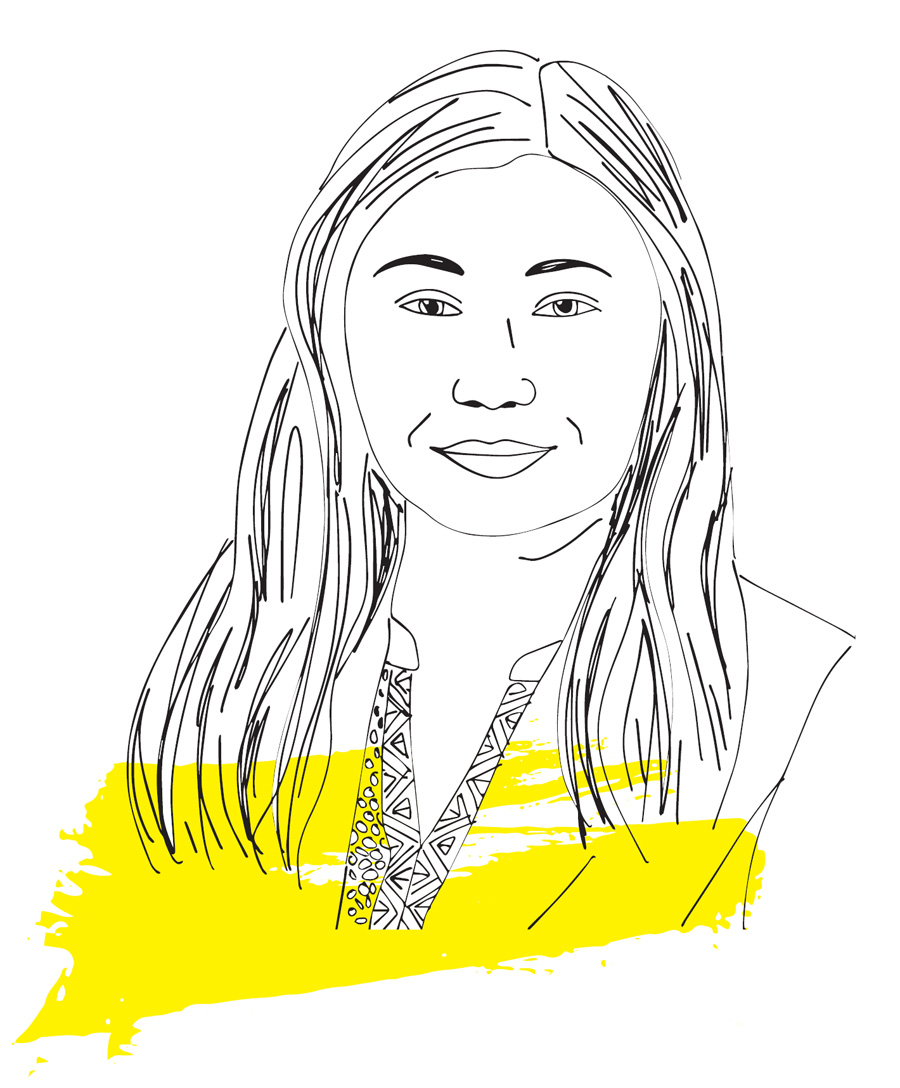
Hsia-Ching "Carrie" Chang
Associate professor, Department of Information Science
“Misinformation and disinformation are the two main types of false information. Misinformation is often shared by people who think the information is true and credible but actually not, whereas disinformation refers to fabricated information that is intentionally manipulated for misleading purposes.
To discern misinformation and disinformation, we are better off comparing multiple sources of information on a certain topic. Whenever possible, applying critical thinking as conducting scientific research helps clarify the confusion and find out the truth to form an unbiased judgment. Edward de Bono’s Six Thinking Hats is a practical method using parallel thinking to balance our perspectives.
Using a mind map tool with the Six Thinking Hats could help brainstorm and organize thoughts. XMind, a mind-mapping software, has a Six Thinking Hats template. Following such a thinking structure, one can use pen and paper or any open-source mind mapping tools to get started.
According to Dr. de Bono, the meanings behind the Six Thinking Hats are as follows:
- The White Hat seeks to identify information needs, known information and confirmed facts.
- The Yellow Hat aims to explore the positives and benefits.
- The Black Hat is used to weigh negatives, risks and challenges.
- The Red Hat takes feelings and intuition into account.
- The Green Hat looks at creativity and potential alternatives.
- The Blue Hat focuses on the thinking process in which the issue focus and agenda setting are important.”
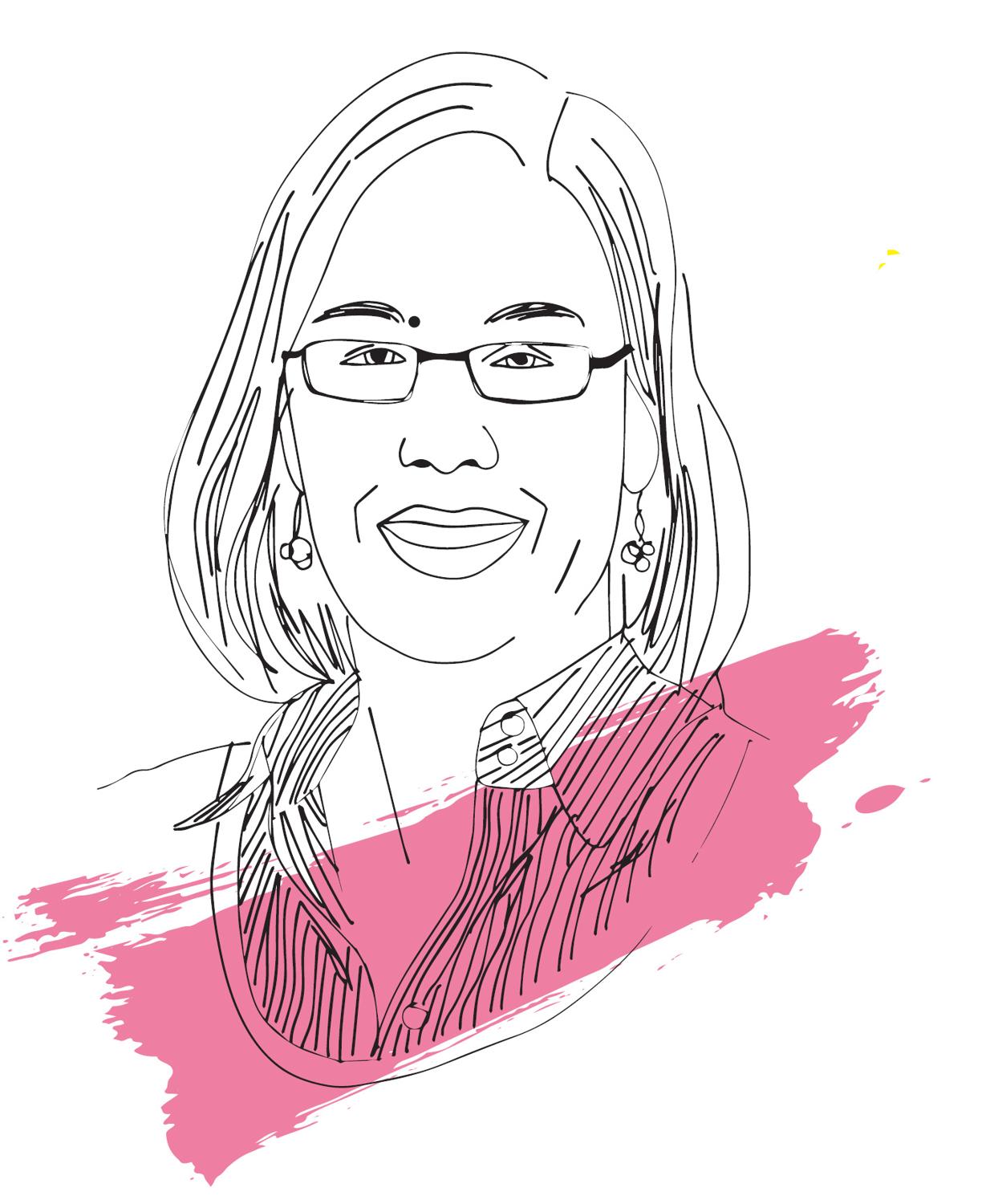
Tracy Everbach
Professor, Mayborn School of Journalism
“Media is literacy an important concept to grasp when assessing the broad array of material available to the public in the age of social media. Any news consumer is likely to have difficulty sorting through the barrage of information presented. Most of us have been fooled at one time or another by false information. How do we discern what is accurate, fair, and truthful in a world in which anyone can create any information they want and distribute it online?
First, it is important to remember that legitimate news organizations are run by journalists trained to gather and vet information and present it in an ethical way. Journalists operate with ethical guidelines such as the Society of Professional Journalists Code of Ethics. How does one determine if a news organization is legitimate? One way is to go to the website where content originates and check the “About” tab. This will tell you if the site is journalistic or not and whether it is partisan or satire. If you cannot find a website for the source, it probably is not real. Verification tools are available. For example, a photo on the internet can be traced to other websites where it has appeared and possibly to its origin through a Google Reverse Image Search or by using an internet tool called TinEye Reverse Image Search.
Fact-checking tools also can be found online; e.g. PolitiFact, Snopes.com, The Poynter Institute, FactCheck.org and others.
Here are some questions to ask yourself to think critically about media content:
- What do I see/hear/read?
- What do I think it means?
- How/why did it get there?
- Is this appropriate/fair/effective?
- What does this tell me about society?
- Why do I think what I think?”

Tony E. Carey Jr.
Associate professor, Department of Political Science
“If we think of citizens as consumers of information, I think political science offers a lot of insight into how we consume political information and our ability to process it in a non-biased way. From my perspective, the first thing to clarify is what we mean by the term ‘non-biased.’ Political scientists have long known that citizens consider their personal and family interests and, most importantly, their group interests to inform how they think and behave politically.
However, when most people think about bias, they typically focus on partisan or ideological bias. In this case, there is even more evidence that citizens tend to think and behave in biased ways. The strongest and most consistent predictor of vote choice is a citizen’s party identification and political ideology. There is a tendency among some to associate strong partisanship and ideology with a lack of information and deliberation; however, the most knowledgeable voters actually tend to be the most partisan and ideological. Partisans and ideologues simply incorporate information that confirms and eschew information that contradicts their biases. All of this would suggest there is little hope that we can break from our personal prejudices.
However, not all is lost. When motivated to seek out political information, when that information is balanced and with greater exposure to people with different viewpoints, citizens are more likely to adopt policy preferences and vote in ways that are less bound by their party affiliation, ideology and social background. In the end, our ability to counter our biases depends upon our desire to be unbiased and our efforts to consume information and foster relationships with people who hold a variety of perspectives.”



